| Shiloh, a Virtual Tour Photos from the 1960's Page4 Vintage Shiloh Page1 2 3 4 5 6 Next |
| Shiloh, a Virtual Tour Photos from the 1960's Page4 Vintage Shiloh Page1 2 3 4 5 6 Next |
|
Select Images to Enlarge-Back Button to Return |
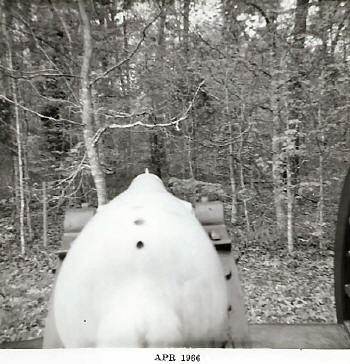 |
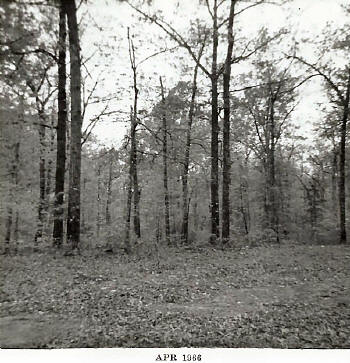 |
|
|
(1966-19) Enlarge Shiloh was a terrible place to fight a battle. It was (and is) dense forest, interspersed with tangled undergrowth that made movement difficult, if not impossible, broken in spots with cleared fields. Typical is this photo of a 10 pdr James gun of a Missouri battery at Wicker Field, looking west toward the Sunken Road. |
(1966-20) Enlarge The center of the Union line on April 6 became known as The Hornet's Nest because the noise of so many bullets flying through the air reminded the Confederate's of a disturbed nest of hornets. General Albert S. Johnston's battle plan called for the Confederate battle lines on the right of his line to swing around the Union left, drive a wedge between Grant's army and Pittsburg Landing and force Grant in to the marshy area around Owl Creek, compelling Grant to surrender. Johnston did not count on the stubborn Union defense of the Peach Orchard and the Hornet's Nest. |
|
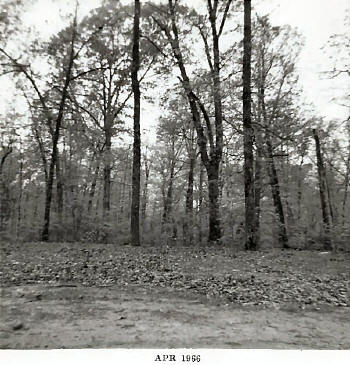 |
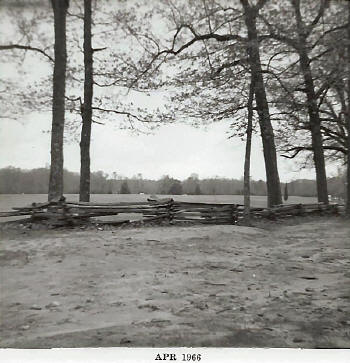 |
|
|
(1966-21) Enlarge This is the center of The Hornet's Nest with a portion of the famous Sunken Road in the foreground. The Union collapse of The Peach Orchard made the Sunken Road position impossible to defend. Attacked now in the center, left and right, and with Confederate troops closing in from the rear, Union general Benjamin Prentiss was forced to surrender along with 2100 men of his command. |
(1966-22) Enlarge Along the center of the Sunken Road position, Duncan Field is in the background. The tree line in the far distance is the position of Ruggles Massed Batteries. |
|
|
|
|
|
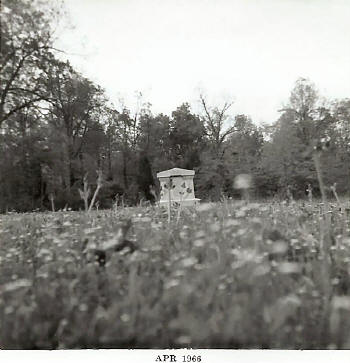 |
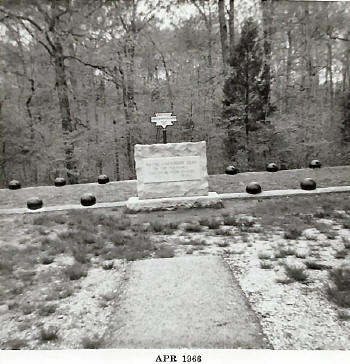 |
|
|
(1966-23) Enlarge This monument to one of the first Federal tent hospitals of the Civil War is located on the Hamburg-Purdy Road, just a little southeast of the site of Johnston's death. Medical care in the Civil War (especially in the beginning) was very primitive; the establishment of a medical facility near the fighting to provide fast medical care was a step in the right direction, and no doubt saved lives. |
(1966-24) Enlarge Initially, all the dead of Shiloh were buried in mass trenches. In 1866, the Federal dead were removed to the new National Cemetery. The Confederate dead, however, were left in the trenches where they were buried after the battle. Twelve such trenches were known to exist, and early park officials knew the locations of nine of these; however, today, the locations of only five of the trenches are known by park officials. This is the largest of the five known trenches; in it are reported to be 721 bodies, stacked 7 deep. |
Vintage Shiloh Page1 2 3 4 5 6 Next
Return to Shiloh, a Virtual Tour